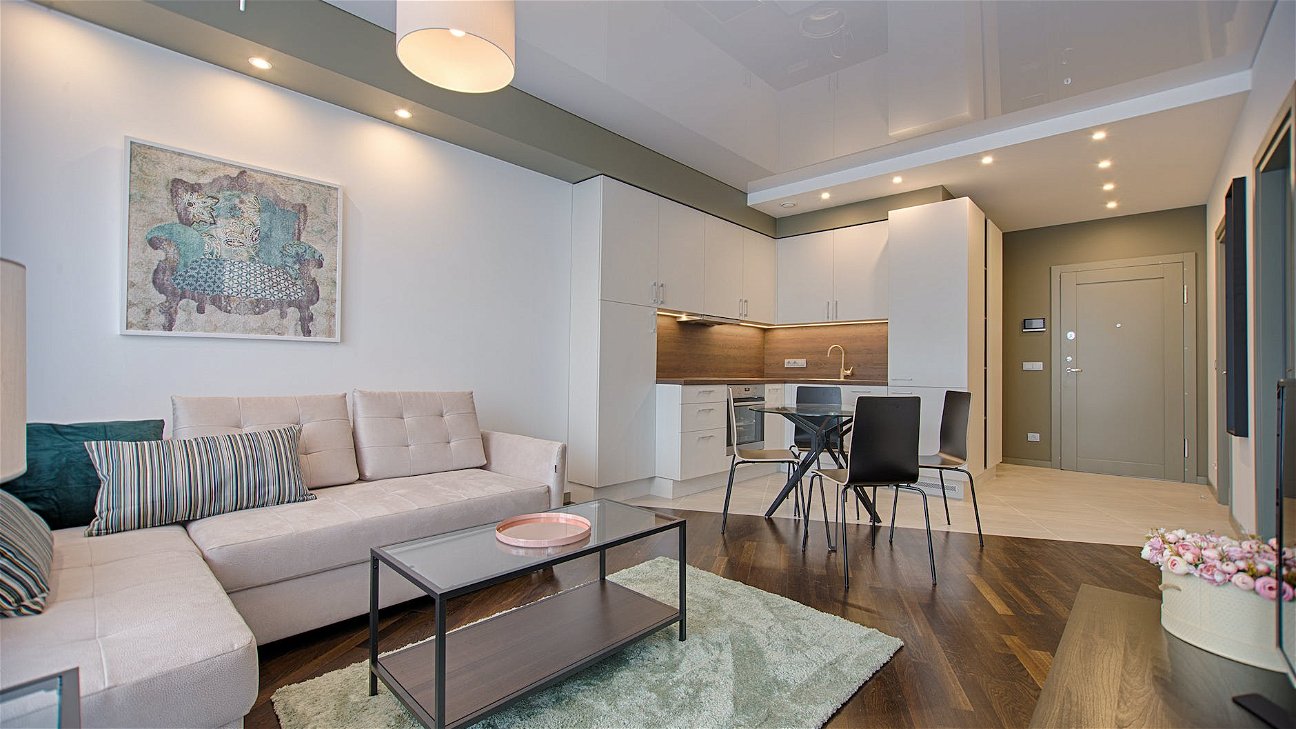
When it comes to home decor, texture often gets overlooked. However, it's a key component in creating an environment that's not only visually appealing but also stimulates the senses. From soft plush rugs to rough wooden surfaces, the textures you incorporate into your interior design can drastically alter the feel of a room. With that in mind, let's explore how you can incorporate different textures into your home decor to create a truly sensory experience.
The Role of Texture in Design
In interior design, texture refers to the surface quality of a material. Every surface in your home, from the smooth glass of a window to the rough grain of a wooden table, has a texture. These textures play a crucial role in how we perceive a space. Smooth, shiny surfaces reflect light, making a room feel brighter and often more spacious, while rough, matte textures absorb light, giving a space a cozy, intimate feel.
Different Textures in Home Decor
There are countless ways to incorporate texture into your home decor. Here are a few ideas to get you started:
-
Soft Textures: These include materials such as velvet, fur, and cashmere. Soft textures often convey a sense of luxury and comfort. They're perfect for areas of the home where relaxation is key, such as the bedroom or living room.
-
Hard Textures: Examples include wood, metal, and stone. Hard textures create a sense of structure and solidity. They work well in spaces that have a more industrial or rustic design.
-
Natural Textures: These are found in plants, flowers, and natural fibers like jute or hemp. Natural textures can bring a sense of freshness and life to a room, making it feel more inviting and grounded.
How to Use Texture in Designing
Here are a few tips on how to use texture effectively in your interior design:
-
Balance is Key: As with any other design element, balance is crucial when it comes to texture. Too much of one texture can make a room feel overwhelming or monotonous. Aim for a mix of different textures to keep the space interesting.
-
Consider the Mood: The textures you choose can greatly affect the mood of a room. For instance, a room with lots of soft, plush textures will feel cozy and inviting, while a room with more hard, sleek textures may feel more modern and sophisticated.
-
Don't Forget the Walls: Walls offer a large canvas for textures. Wallpapers, murals, or even textured paint can add depth and interest to your space.
-
Use Texture to Enhance Other Elements: Texture can be used to enhance other design elements. For example, a textured rug can make your furniture stand out more, or a textured wall can draw attention to a piece of artwork.
Creating a Textured Space
Designing with textures can create a sensory experience that alters not just the look of a room, but the feel of it too. By incorporating different textures into your home decor, you can create a space that's unique, inviting, and stimulating to the senses.










